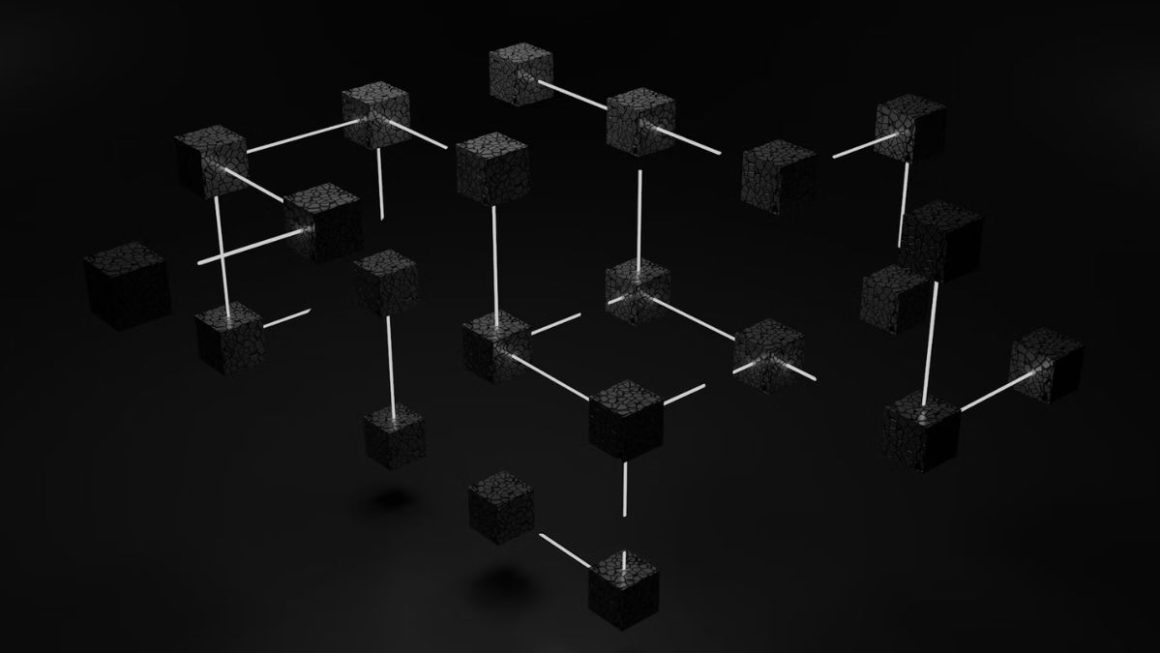The relationships and actions that unite two or more people make up network analysis (not to be confused with the meaning of “online social networking services,” such as Facebook or Twitter). If this social relationship is established between the employees of one or several companies, it is called an organizational network.
The life of an organization is in its employees, in their way of working and of relating and communicating with each other. The harmony between the members of a company and the good organization between the groups that form it are symptoms of good health and, therefore, of the company’s success.
Table of Contents
Types of relationships within the company
Within the organizational networks, we can make two large groups in terms of their type of relationship within the company, such as formal and informal organizational networks.
Formal organizational networks
Formal organizational networks within a company are those that are given by the existence of an established hierarchical structure. Employees establish a series of relationships and channels according to this hierarchy.
They are interactions planned by the company, with specific functions and a view to temporary stability. For example, the actions of the coordinator with the members of his team, sending meetings to area managers, communications between employees in the same department, etc.
Informal organizational networks
Beyond the formal organizational chart of a company, employees establish relationships with each other that do not necessarily have to do with that organizational chart.
The companies do not foresee informal relationships, have multiple functions not delimited by the formal organization chart, and do not necessarily have temporary stability.
For example, people can establish friendships, exchange information, seek knowledge, discuss ideas, etc.
What does organizational network analysis study?
Social network analysis (SNA) studies the interactions between the members of any social network and organizational network analysis (ARO, ONA in English), those of social networks in the company.
Network Analysis is used above all in fields of Social Sciences, such as Sociology or Sociolinguistics, and in some Natural Sciences, such as Physics and Biology.
Elements and Structure of a social network
Following the terminology of this type of study, each social network is made up of nodes, which generally represent people, and links, which represent each relationship between people.
We can analyze an organization’s social networks according to the volume, distribution, and behavior of the links of each node.
Analysis of organizational networks
A study of organizational networks (ONA) can be applied to many fields and from different points of view. The analysis of organizational networks in Human Resources is usually focused on analyzing the nodes and links within a company, that is, at the intra-organizational level.
An intra-organizational ONA usually analyzes aspects such as collaboration, support, and internal communication relationships between employees; that is, it analyzes the informal networks of a company.
These studies examine the social networks of the company, which helps to recognize the structures and actions that favor or do not favor the achievement of the company’s objectives to maintain said actions or modify them.
Benefits of the analysis of organizational networks in RR. H H.
We can focus on the benefits of organizational network analysis in HR. H H. on four main points:
- Improved knowledge management
- Optimize workgroup management
- Detection of hidden talent
- Detect positions of influence
Improved knowledge management
Network analysis (SNA) makes it possible to detect the groups of people most interacting with information related to projects and resources. In this way, experts can be located in certain fields of knowledge or social networks where learning is encouraged.
The company can rely on this information to improve knowledge management in aspects such as:
- Make information and resources more accessible to employees
- Promote collaboration between departments
- Create innovation networks among employees
Optimize workgroup management
With Network Analysis, you can discover an organization’s interaction maps, which describe each member’s activity and relationships.
This is a way of comparing whether the planned collaboration patterns correspond to the actual functioning of the groups.
This information is precious when assessing whether to maintain the stipulated structures and work groups or redesign them to improve their efficiency. This restructuring may give rise to modifications to improve the working groups :
- Formation of new working groups
- Relocation or reassignment of functions within groups
- Internal tools to make communication between groups more fluid
Detection of hidden talent
The SNA can locate the people on whom the most information flows depend regarding the knowledge relevant to the company.
Locating these individuals in the organization’s networks provides information both on how knowledge is being disseminated and on who are the people who are centralizing that knowledge.
Discovering these central individuals in social networks can mean finding hidden talent for the organization, who, for some reason, are not highlighted in the formal organization chart but are decisive in the different flows of information and work.
Detect positions of influence.
Closely related to the previous one, the SNA technology makes it possible to detect employees with a stronger than average influence, either because they occupy a strategic position (for example, information brokers) because their peers recognize them as referents or for having outstanding leadership skills. They are what we call influencers in the organization, people whom it is essential to locate to try to value their social capital.
Also Read : Monitoring And Analysis Of Social Networks In Communication Agencies




